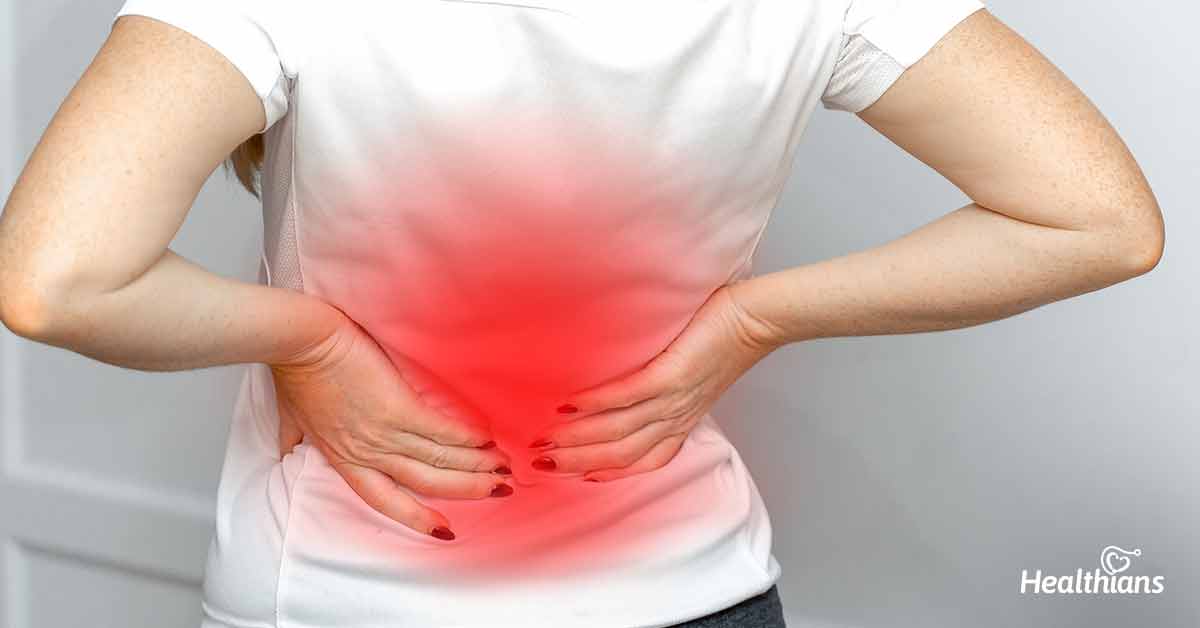Contributed by: Healthians Team
After recovering from the onslaught of the coronavirus, some COVID-19 survivors are likely to experience a prolonged period of musculoskeletal pain, especially those who had been hospitalized. Clinical manifestations of COVID-19 pain vary from weakness and numbness to stiffness in joints and muscles. Some people also have odd or altered feelings such as pins and needles in their arms or legs. The incidence of musculoskeletal pain is associated with the side effects of some of the treatments received while you were down with COVID-19.
What does it mean for you?
In daily life, all this might mean that you are:
- likely to be less active than usual
- less likely to do the things you usually do, like climbing up the stairs, lifting your arms above your head, and gripping objects.
What can you do about joint and muscle problems?
Taking care of your joints and muscles is a crucial aspect of your recovery process. Although joint and muscle issues improve rapidly after COVID for most people, some people experience widespread aching that comes and goes for a period of time as they rehabilitate. A combination of heat and ice may help relieve the pain and reduce swelling.
How can you return to my usual activities after COVID?
Following this advice will go a long way toward alleviating joint and muscle pain.
- You should make an attempt to get back your normal activities as soon as possible.
- Attempt to steadily raise the level of movement and operation. Joints and muscles are made to move, but you must pace yourself and take breaks as needed.
- Try to do a little more each day. You can find that you can do more and more as time goes by.
- Strive for a healthy combination of action and rest. You can need to rest more often at first. You should be able to stay more involved and exercise as your health improves.
- Take into account any other symptoms you might be experiencing, such as exhaustion or difficulty breathing.
Is it safe to exercise after COVID?
It is safe to exercise after COVID unless you have been advised against it by your healthcare professional. Physical exercise is usually beneficial to everyone, and excessive rest can exacerbate joint and muscle problems. You can progressively raise the amount of general physical activities like washing and dressing, housework, gardening, hobbies, and work.
Approaches to curb musculoskeletal pain after COVID
Attempt to gradually return to your normal routine by beginning with the less strenuous tasks and gradually adding the more physically demanding ones.
Aim for flexibility exercises (activities that improve the amount of movement in a joint or muscle) to help your joint and muscle problems.
Examples of flexibility activities include:
- stretching your joints as far as you can several times a day
- yoga
Combine flexibility exercises with strength exercises (activities that make your muscles work harder than usual). Attempt to return doing two or three hours of strength training every week.
Examples of strengthening activities include:
- Climbing stairs
- Lifting weights
- Working with resistance bands
- Gardening activities such as digging
- Walking uphill
- Cycling
What are the red flags for patients with musculoskeletal pain?
Although joint and muscle problems rarely indicate a more serious condition, it is advisable that you seek immediate help from your doctor or physiotherapist if you have severe pain, numbness, or weakness in your arms or legs.
Contact your healthcare professional if:
- Your joint and muscle pain is getting worse, and you’re unable to be involved or exercise due to other symptoms like exhaustion or shortness of breath.
- You experience new symptoms such as pins and needles, worsening weakness in your arms or legs, or balance issues
- Your joint and muscle complaints do not improve after three months.




